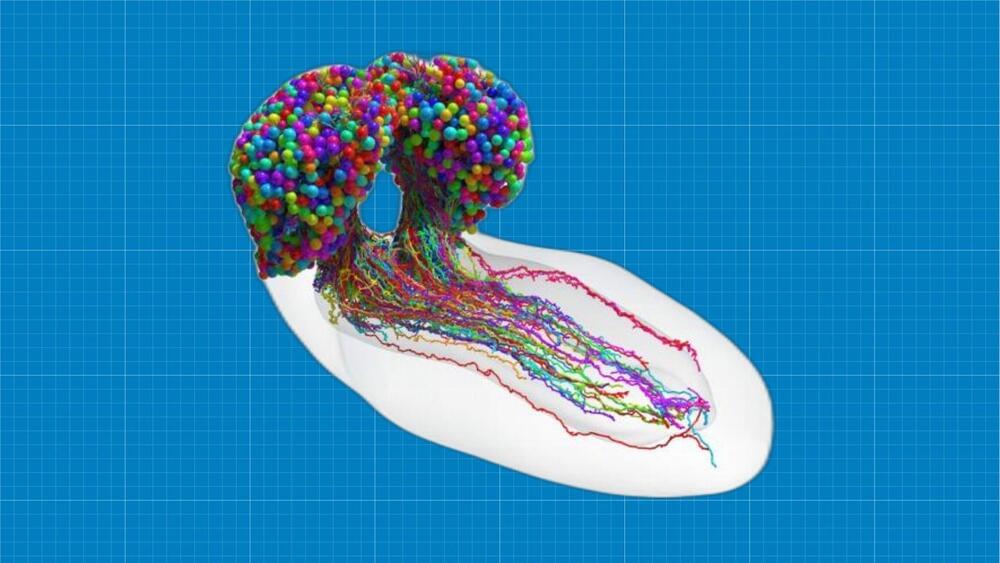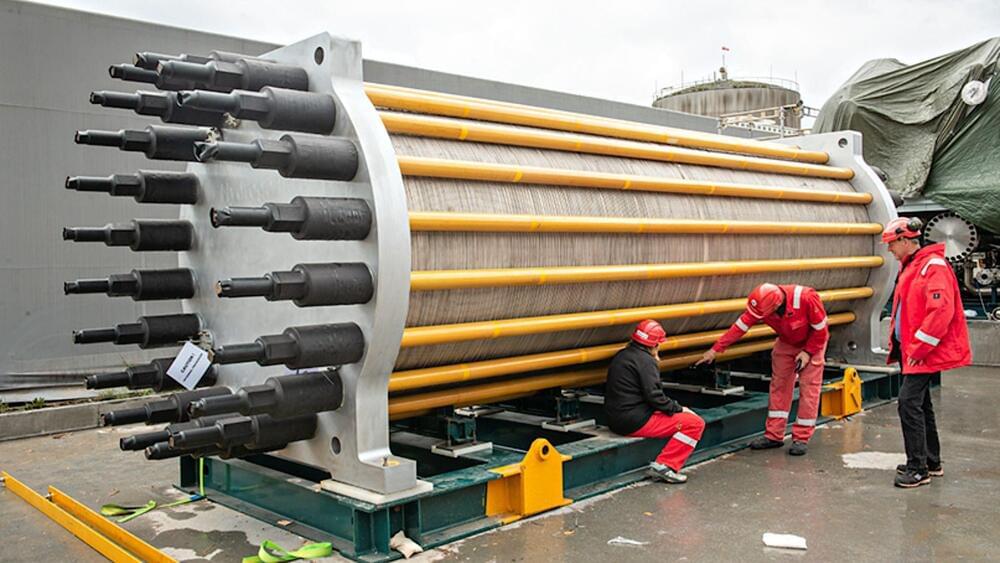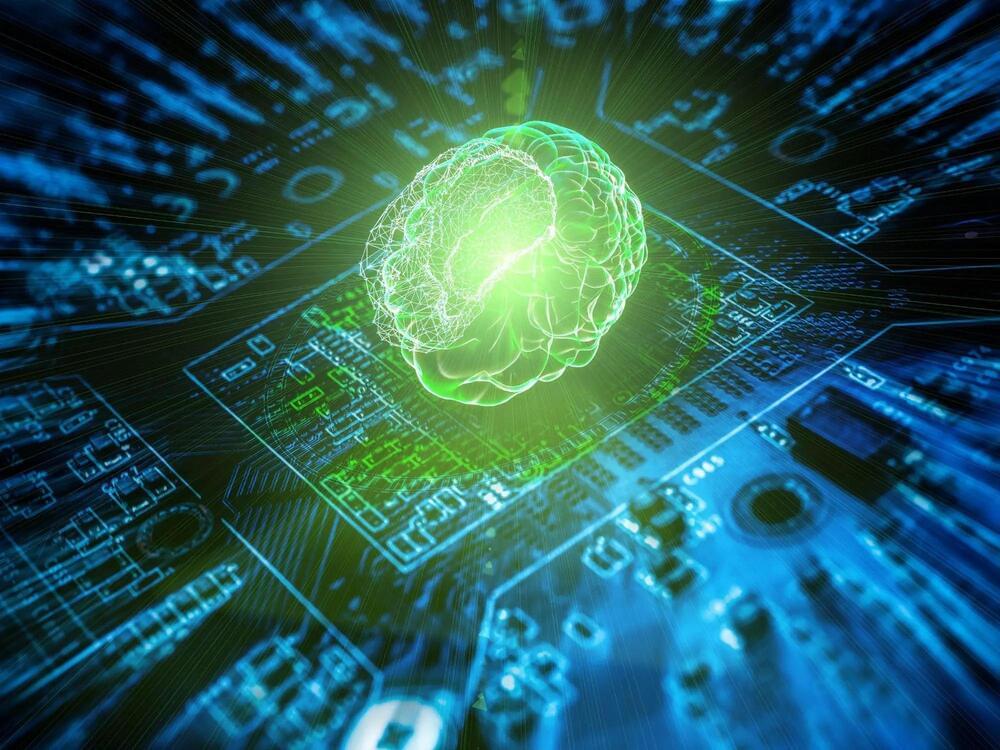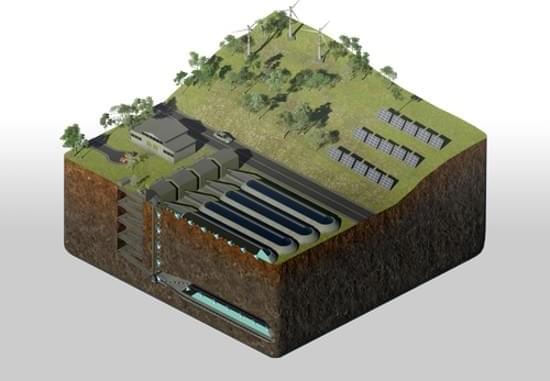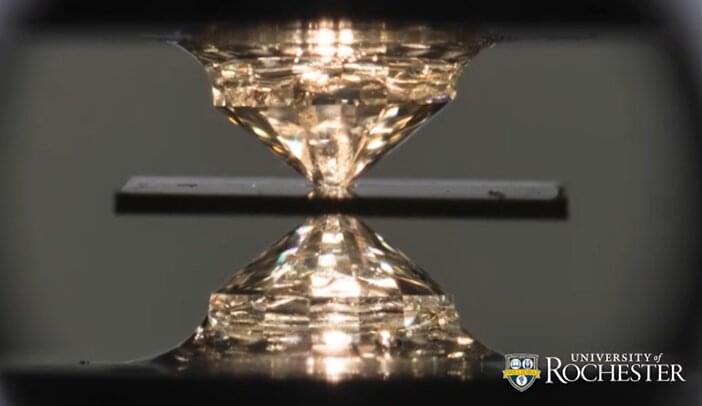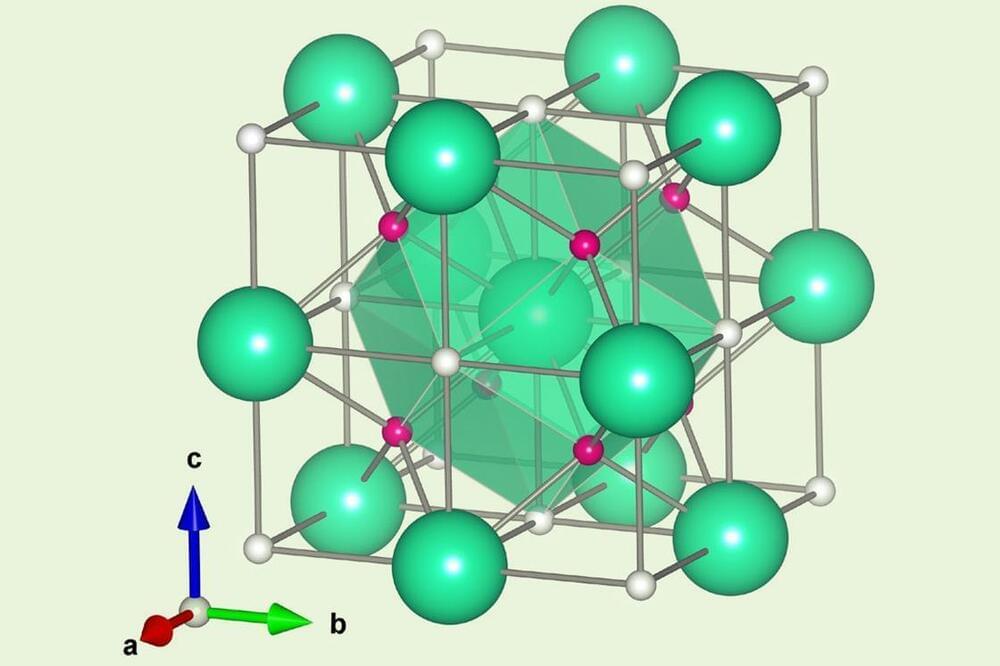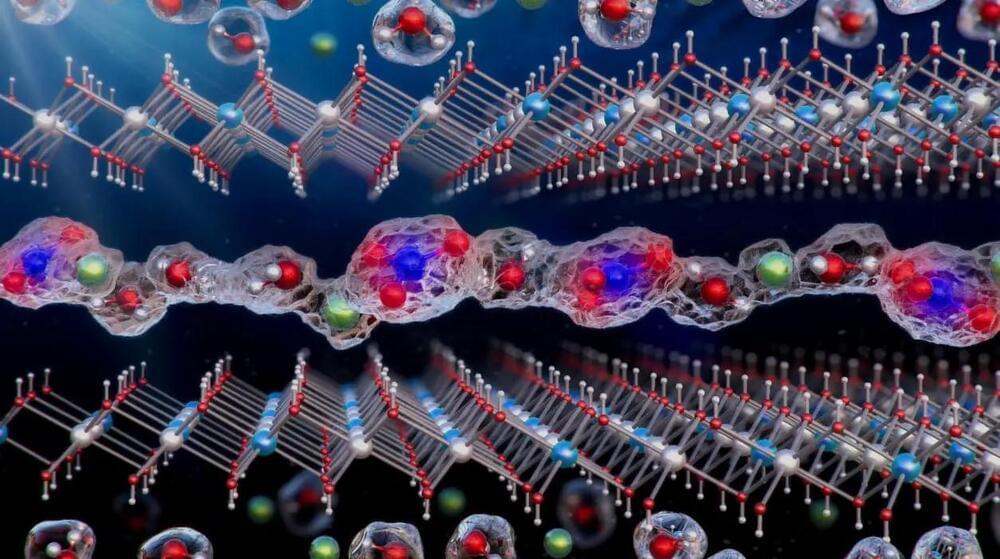Mar 11, 2023
Scientists create first detailed map of insect brain with 3,016 neurons
Posted by Gemechu Taye in categories: chemistry, neuroscience
Perhaps, human consciousness can be fully understood one day.
Researchers from Johns Hopkins and Cambridge universities have created the first-ever map of the wiring patterns of every neuron in the fruit fly larval brain.
Neurons in an organism’s nervous system, including the brain, are linked to one another by synapses.
Continue reading “Scientists create first detailed map of insect brain with 3,016 neurons” »
